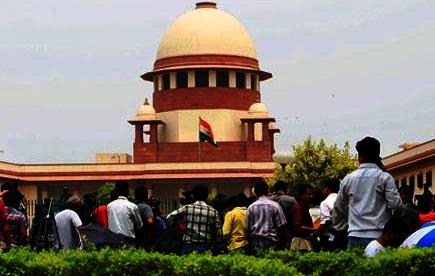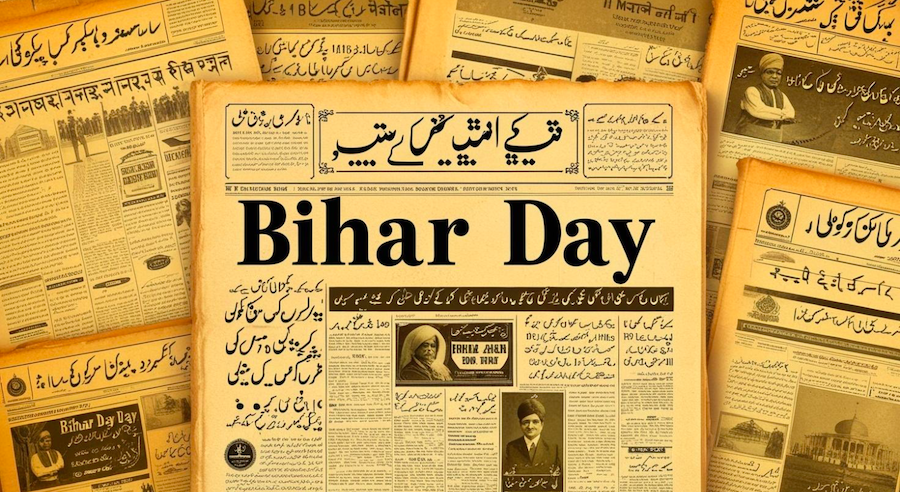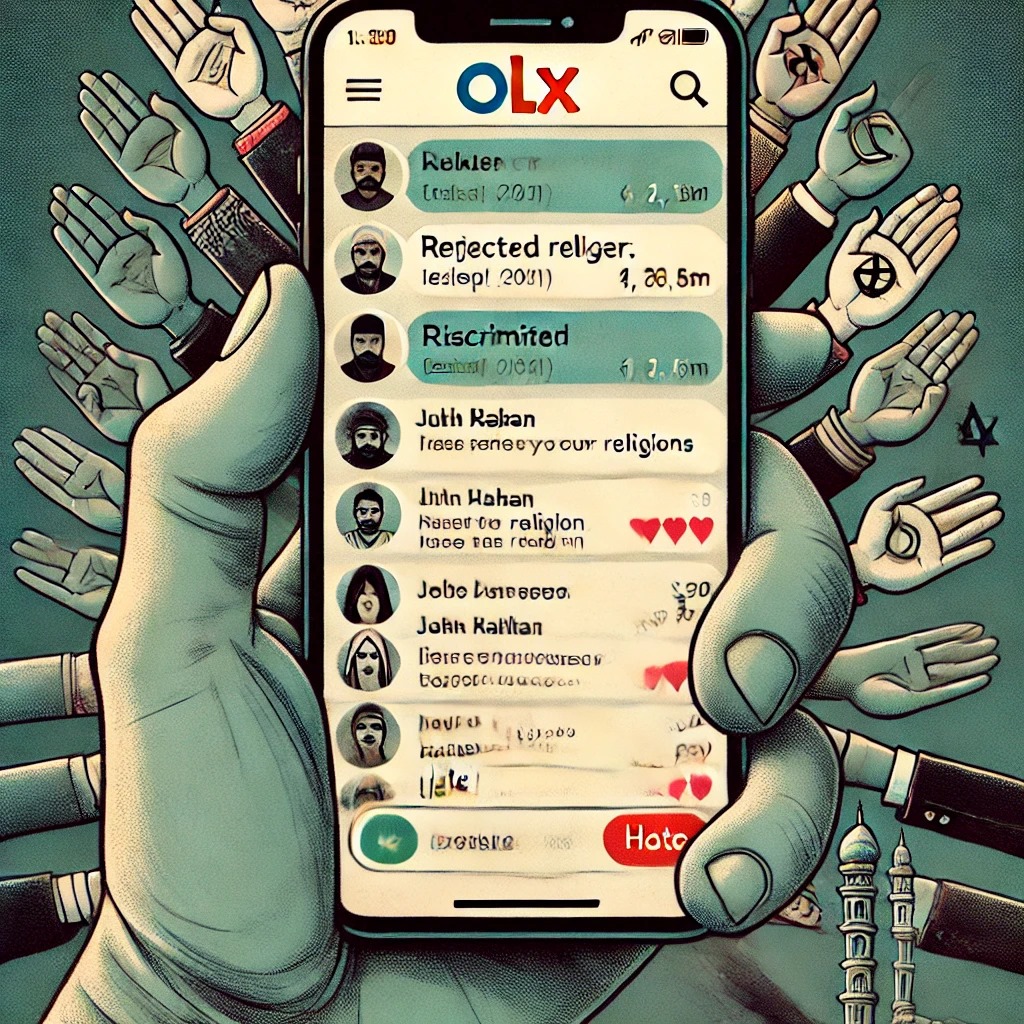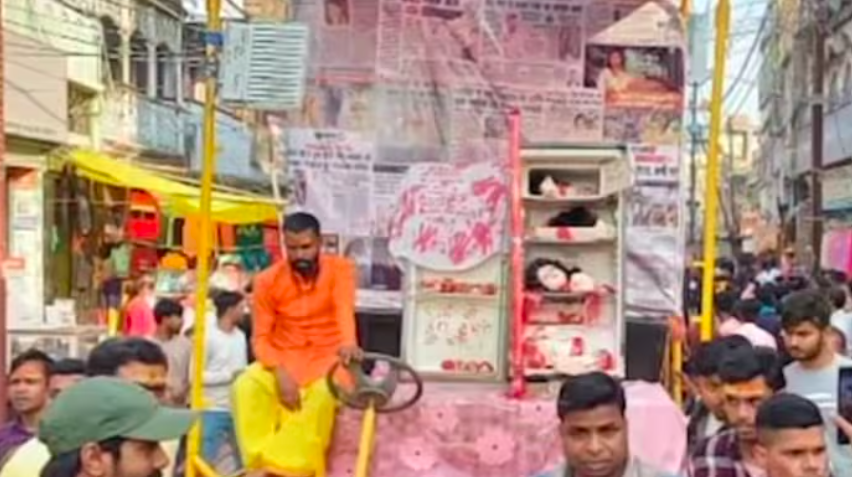The Supreme Court’s ongoing attempt to work out guidelines for legal reporting has left the media worried. But there is ample basis for the court’s concern.Would it be such a bad thing if the Supreme Court curbed the destructive power of the media, asks JYOTI PUNWANI…
Trial by media was disturbing even before the days of private TV news channels – the Vibha Mishra-B V Karanth case being one of the most high profile of those times. The Bhopal police had then let in a few journalists to listen to renowned theatre director Karanth confessing to having set his friend, actress Vibha Mishra, on fire. The confession made Page One news everywhere. The police had allowed the journalists into the police station without informing Karanth. Karanth’s fellow artists were up in arms against this, but expressed little sympathy for Vibha. After reporting the confession, the Bhopal press went to town on Vibha’s personal life. While the facts of the case were too sensational for any paper to ignore, the reporting of the episode left a bad taste.
Recently, the press didn’t exactly cover itself with glory in reporting the TISS rape case (Mumbai), where a foreign student accused six men of having raped her. Apart from the generous space given to the accused and their friends in most papers, the victim’s entire statement to the police was printed on Page One by Mumbai Mirror. By doing so, the paper not only revealed her identity (except her name), which is forbidden by law, but also the intimate details she had told the police about what happened that night, leaving her thoroughly exposed and vulnerable.
Following readers’ protests, the paper printed an apology. “We used her gruesome account of date rape as a cautionary tale. It made a disturbing reading, it was meant to be so,” wrote the editor. A few days later, the DNA published excerpts of the anticipatory bail application of one of the accused, headlined: Why was she with six men that night?
One of the petitions before the Supreme Court on this issue relates to the coverage of the Arushi murder case. The petitioner has talked of the right to privacy and the role of the police in leaking information that can amount to character assassination. Another petition is by NGO Anhad, objecting to the publication of confessional statements by terror accused in the press. It urges the court to lay down guidelines about whether the police can release information to the media about what the accused have said during interrogation, in sub-judice matters.
Can the media object to these two petitions? The sexist and communal mindset of the Indian police force is well-known. Would it be such a terrible thing if the Supreme Court puts a ban on them leaking selective information in rape and terror cases, at least? Because, for sure, the media are not going to stop publishing such leaks. Which journalist would have refrained from listening to Karanth’s confession? Had the Mumbai police not given the TISS victim’s statement to the press, Mumbai Mirror could not have used it.
Again, it’s common knowledge that most confessions in police custody are forced. Every accused withdraws his confession in court. Even Swami Aseemanand, who insisted on confessing in front of a magistrate while in jail, repeated the same confession to another magistrate a few weeks later and finally wrote a letter to the President acknowledging his role in various bomb blasts, withdrew his confessions in the court. Confessions make for good copy, even when the crime isn’t terror-related. Sometimes, as in the Karanth case, it’s obvious they are not a result of torture – the Bhopal journalists saw that no force was used by the police. In the Swami’s case, it was reported that the magistrate repeatedly asked the Swami if he was sure he wanted to confess (obviously “top sources” told the press this, as no reporter could have been present at the confession). Such confessions do give the readers information that would otherwise come out only much later, at the time of the trial.
But what about the majority of confessions that are forced? Don’t they tag the accused as guilty before any trial takes place? Even if acquitted years later, can the accused get over such publicity? Abdul Kaleem, the Hyderabadi boy who was framed for the Hyderabad blasts (owned up to by the Swami), told this reporter that even after his acquittal, neither did his medical college take him back, nor could he find social acceptance among his classmates in the law college he subsequently joined, because everyone remembered what the press had written about him when he was arrested.
Would it be such a bad thing if the Supreme Court curbed this destructive power of the media?
This isn’t the first time the Supreme Court has spoken about guidelines on court reportage. Advocate Madhavi Goradia Divan, addressing a media meet last year discussed the possible reasons for the Supreme Court’s disquiet with the media. One is the way lawyers hold media conferences as soon as they step out, giving one-sided versions of the proceedings. Over the last few years since this practice began, it’s become clear that the version that gets telecast depends on two things: 1) the media-savvyness of the lawyer; and 2) which side the media wants to highlight. In the media scramble that followed the Allahabad High Court judgment on the Babri Masjid-Ram Janmabhoomi issue in 2010, the BJP’s Ravi Shankar Prasad was the victor. His was the first version to be telecast: the court has announced that this is the birthplace of Ram Lalla, and the idols will not be shifted, he shouted into the cluster of mikes thrust in front of him. In a Muslim locality of Jogeshwari, one of the areas worst affected by Mumbai’s 1992-93 riots, I saw a Muslim crowd watching the news. Hearing Prasad, the shop-owner silently switched off the TV and he crowd dispersed.
Similarly, after every important hearing in the Ajmal Kasab case, special PP Ujwal Nikam would brief the media at length. Rarely did the mikes turn towards Kasab’s lawyer – chosen by the court itself, not appointed by “killer Kasab”. In the same way, the press blacked out his brilliant cross-examination of the police. Had it been reported, it would have revealed just how badly the police had failed in handling the terrorists, not because of lack of personnel or weapons, as commonly believed, but only because of lack of nerves and presence of mind. This was vital information for the public.
But can the Supreme Court say that there should be no media briefing by lawyers while a case is in progress; and after the judgment, both sides should get equal TV time?
Another media practice worrying the Supreme Court judges, said Advocate Goradia Divan, is the sensational treatment given to remarks made in court by judges during the course of arguments. Judges often think aloud, she said, not anticipating that what they say would make banner headlines. The judges’ frustration here is understandable. It is harsh to expect them to stop reacting to arguments, but neither can they ban such remarks from being reported. Indeed, most such remarks are strongly critical of the government, and hence need to be highlighted by the media.
One suggestion that has been made by lawyers arguing this matter before the Supreme Court is providing transcripts of court proceedings to court reporters. That was done during the hearings of the Srikrishna Commission of Inquiry into the 1992-93 Mumbai riots. But most such transcripts did not include the acerbic remarks made against the police by Justice B N Srikrishna after listening to them justifying unjustifiable actions. Nor did the transcripts include the Commission’s description of the BJP/Sena’s coercive nationalism as “fascist”. Just transcripts do not capture the essence of the judge’s feelings during a hearing.
Most of the senior counsels, in this matter, have argued in favour of freedom of the media, asking that those who cross the line be pulled up under existing laws of contempt and defamation. The media know defamation cases take years. And if courts start charging the media with contempt, not only will that be a waste of their precious energy, it may rebound on the court, turning the media into victims.
The solution does lie in the media’s self-restraint, but we’ve said that so often without showing any, it should begin to sound hollow even to us. (Courtesy: The Hoot)










